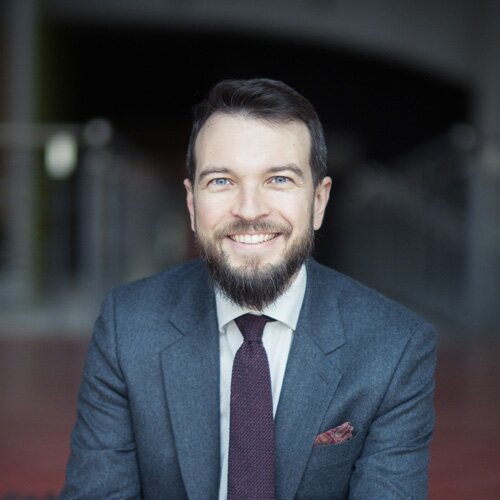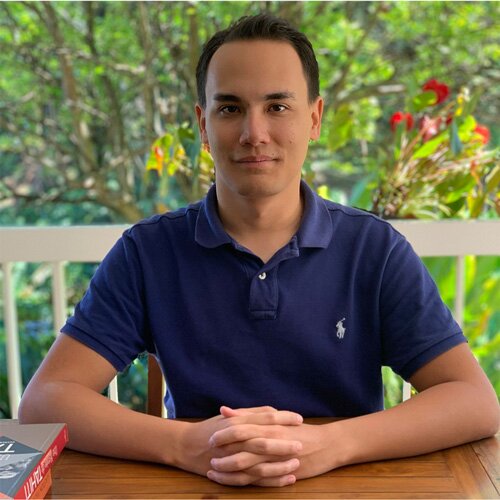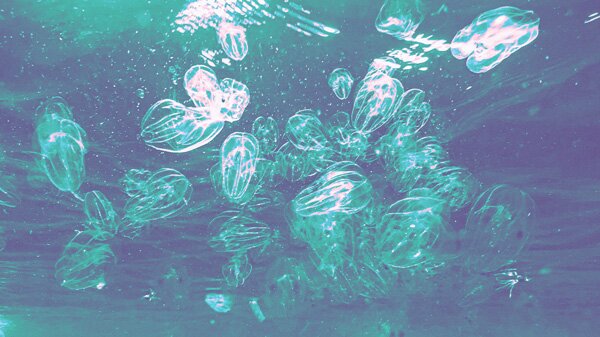TE MOANA
A deep dive into the oceans and nuclear history of French Polynesia
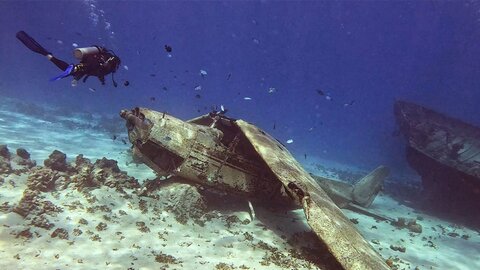
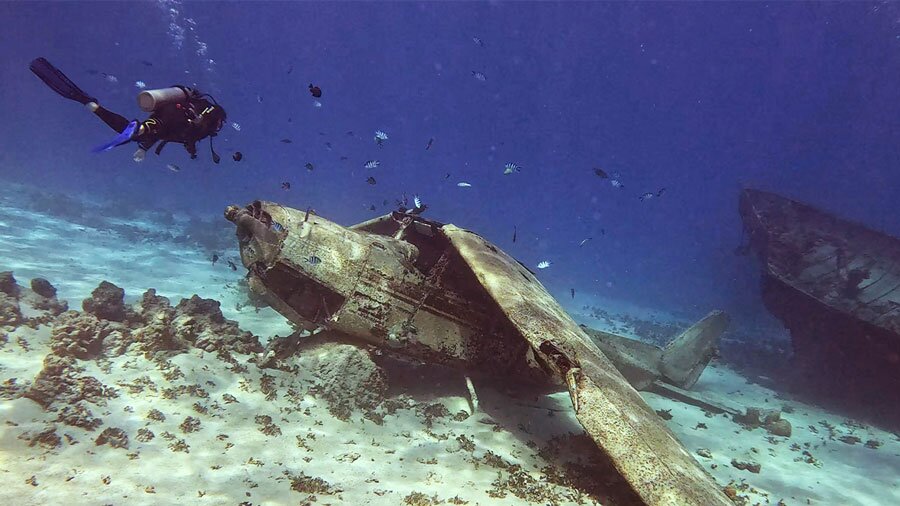
"Environmental Transitions: Ocean Worlds and Approaches to Nuclear Power in Archipelagos (TE MOANA) " - Awarded project for 2025 in the 'Oceans: Social Worlds, Living Worlds' call for proposals
Published at 28 October 2025

